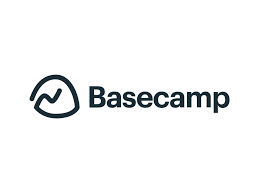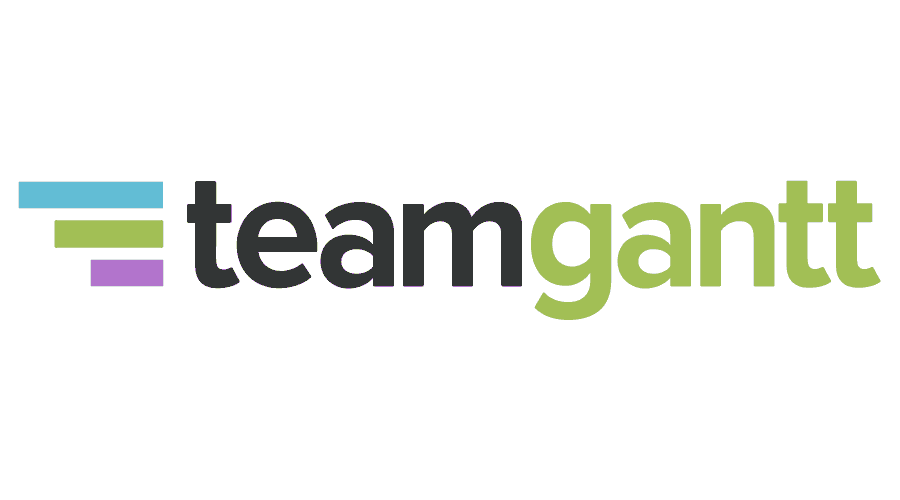In today’s rapidly changing world, where technologies and trends don’t last long, being agile is one of the best things software development teams can do to keep pace.
Employing agile methodology helps teams pivot quickly, deliver new products faster and enhance their products continually while working in sprints. Agile is not just another software development approach, but a mindset shift that helps teams achieve more in less time and continually get feedback.
Today, we will discover what agile is, what different methodologies can be implemented, and how you can execute agile with ease.
Win $1,000 in Dell Rewards: The Winter Blast Giveaway!
What is Agile?
Agile is a software development methodology that puts significant emphasis on being flexible, customer-centric, and cross-team collaboration. This approach unlocks greater values for teams and allows them to deliver high-quality work in continuous iterations, known as Sprints. It is dynamic, and all activities are time-bound. In the agile software development approach, changes are often welcomed during sprints, and due to its flexibility, most changes are completed within the given timeline.
Now, let’s discuss the different agile methodologies available.
Different Agile Methodologies
Scrum
Developed in the 1990s, Scrum is one of the most popular agile methodologies. Here, the development process is broken down into different smaller iterations known as Sprints. In each sprint, the teams will take user stories and break them down into simpler tickets that can be worked on individually.
In Scrum, the sprints are ideally two weeks long, and all tickets are prioritized to be completed during this time. The Scrum team is organized in nature, with a scrum master, product owner, developers, and testers.
The Scrum process is somewhat similar to Kanban as Scrum also arranges tasks on a board with different columns based on the task’s progress.
One app to replace them all
Eliminate app chaos, data duplication, and multiple subscriptions by centralizing work in a single platform built for modern teams.
Extreme programming
Extreme programming is an agile development approach that works well when there is close collaboration and communication among the team members. The best part about following this approach is that the feedback loop is quite short, and end-users or stakeholders work closely with development teams, providing quick feedback.
This approach proves to be a lifesaver for teams working with varying demands, as the developers are encouraged to take up newer changes at all stages of the development plan. Moreover, the product is always tested at all phases so that errors are fixed before they become bigger issues.
Kanban
Kanban is a simple, agile methodology that focuses on giving more information on the day-to-day progress of tasks. A Kanban board makes this a more visual method compared to others. This board has different columns tagged with the level of progress of the task, like “in progress,” “completed,” “shipped,” etc. Whenever the status of a task changes from “in progress” to “done,” the ticket for that task is also moved to another column on the board.
This method is great for small teams, as everyone will stay informed about the progress and which item needs to be picked next.
By now, we have discussed what agile is and the different methodologies that you can use to upscale your performance. Now is the time to understand its implementation.
Where it all comes together.
Basecamp’s the project management platform that helps small teams move faster and make more progress than they ever thought possible.
How to Implement Agile?
Splitting user stories and creating a backlog
User stories are a part of the agile method, which shows a feature to be developed or a large fix that improves the product. Most times, user stories are large, and they cannot be worked upon directly. Each user story needs to go through a series of steps before it can be included in a sprint, assigned to a team member, and completed.
In this stage, the user story is discussed with the concerned teams, and is broken down into smaller epics and tickets. During this process, the team works towards creating a backlog of items, arranged on a priority basis. The most important tickets will be placed higher on the product backlog, and the low-priority ones will be placed below.
While creating the backlog items, each item has its own definition of “done”, to help developers and teams understand the criteria they need to fulfill to mark the item as done. If you are developing software, documentation, unit test passing, and deployment to the development environment as some of the checklists in the definition of done.
Creating a clear definition of “done” for each ticket is the responsibility of both product owners and development teams. It is only when the definition is clear to developers, that they can work on their tickets without requiring much support from seniors.
Level Up Your Digital Skills: Free This Week with Verizon Small Business
Sprint planning
When a product backlog is refined and created, it contains much more work than a team can complete in one sprint. This is where Sprint planning is done.
In sprint planning, the team’s capacity is an important factor as it is used to create a subset of the work items that can be picked up for the next sprint. It helps the teams pick high-priority tasks first and complete them without pushing the teams too much.
Get a top-rated gantt chart for free, forever.
Discover why companies like Amazon, Netflix, Nike, and Intuit manage their projects with TeamGantt.
Daily standups
Daily standups play an important role in the agile software development Methodologies. This is a short meeting, includes all team members, and lasts up to 15 minutes at the start of the day. In this meeting, the team discusses their current work status, if they have any blockers and what are their plans for the day.
If there are any hurdles, this is where they are discussed with the product owner and scrum master, and they try their best to get the team members unblocked by providing them with resources and necessary guidance. Daily standups also provide status updates to everyone involved in the sprint, and importantly if the sprint will be completed in time.
Sprint Retrospective
Each sprint concludes with a sprint retrospective. This meeting is a great way for teams to understand their past performance, and provide and seek valuable feedback from the team members.
In this meeting, the teams also discuss what worked for them through the sprint and what did not, so that they can identify the areas for improvement from the next sprint.
Conclusion
Now that we’ve discussed a lot about agile software development, this is the perfect time for you to get started. This approach focuses on breaking down large segments into smaller fragments for work done at ease.
You should try adopting agile methodology in your projects to build better products and deliver faster through smaller teams.









